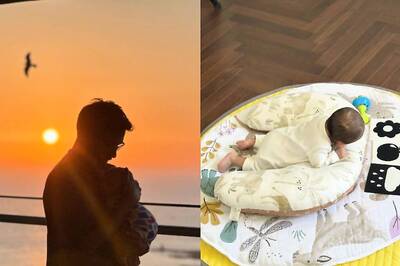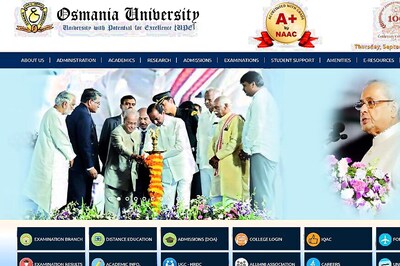
views
The Housing for All 2022 initiative, launched by the Modi government within five months of assuming office, is all about ensuring a home for every Indian citizen by 2022.
To boost affordable housing and achieve the vision of Housing for All by 2022, the government (Centre and state) have undertaken several initiatives, such as Pradhan Mantri Awas Yojana (PMAY) that aims to build 1 crore homes in urban and rural India by 2022.
Affordable housing has also been accorded infrastructure status, ensuring that developers in this segment have access to cheaper loans.
The Credit Linked Subsidy Scheme for the Middle Income Group (CLSS for MIG) was announced by Prime Minister Narendra Modi on December 31, 2016 and was earlier extended twice till March 2019. The government in the last week of December 2018 extended the interest subsidy scheme till March 2020 for first time to urban home buyers whose annual income is between Rs 6 lakh and Rs 18 lakh.
Till now, over 93,000 people from this income group (MIG) have availed the Rs 1,960 crore interest subsidy from the Centre, which has been disbursed through banks. Overall, until December 30 this year, around 3.39 lakh beneficiaries have availed the CLSS under the PMAY (Urban) and the total subsidy released was Rs 7,543 crore.
For the MIG I category, which consists of individuals with an annual income of Rs 6-12 lakh, an interest subsidy of 4 percent is provided on a loan of up to Rs 9 lakh. For the MIG II category, which is made up of individuals with an annual income of Rs 12-18 lakh, an interest subsidy of 3 percent is given on a loan of up to Rs 12 lakh.
The benefits are typically up to Rs 2.67 lakh on home loans.
The carpet area of a housing unit was initially revised to up to 120 sq m and up to 150 sq m for MIG I and MIG II respectively in November, 2017 and further enhanced to up to 160 sq m and up to 200 sq m for MIG I and MIG II, respectively in June, 2018.
As per the data shared by the ministry of urban affairs and housing, around 68.5 lakh houses have been approved so far for construction under the PMAY (U). Out of these, 35.67 lakh houses are under various stages of construction of which 12.45 lakh houses have already been completed. The total investment involved is Rs 3,56,397 crore. An amount of Rs 33,455 crore has already been released to states and union territories out of the approved total central assistance of Rs 1,00,275 crore
Land is the biggest challenge for implementing this scheme. Its current shortage in major city-centric areas prevents the development of affordable housing in areas where it is most direly needed. The cost of land currently accounts for as much as 30-50 percent of the cost of a project within city limits. However, RBI regulations do not allow banks to fund land purchase.
On the demand side, securing financing for eligible buyers from banks and housing finance agencies is not an easy task. As the scheme targets EWS and LIG households who work in the informal sector, documentation required to avail of finance under the scheme is a challenge. Besides, delinquencies on repayment of loans taken for purchase of affordable houses has already started to rise and could deter lenders from sanctioning fresh loans if the trend persists. Reserve Bank of India (RBI) has also cautioned against loan sanctions for affordable houses.
Follow live updates here.



















Comments
0 comment